In this section ral conductors. Despite this, these conductors are constructed out of a very standard material, which is either copper or aluminum.
Wires are often exposed and twisted, and they may or may not be naked. However, some of the wires have a very thin film of PVC coating on them. In the case of cables, the individual strands are laid out in parallel and then either twisted or bonded together to create a single casing. Both an inner and an outer sheath are constructed for the goal of ensuring the user’s safety.
Cable:
A cable often has three sets of wires: a hot wire that carries the current, a neutral wire that helps to complete the circuit, and a grounding wire. The total number of wires that make up a cable and the diameter of those wires are both used to categorize the cable.

Now, let’s take a look at the myriad ways that wire and cable can be put to use.
Heating jewelry, clothes, automobiles, or any industrially created components such as pins, bulbs, and needles requires the use of a wire because of its ability to convey electricity, support electrical loads, send telecommunication signals, and bear electrical loads.
On the other hand, a cable can be utilized for the transmission of power, for the carrying of electrical signals, or for the transmission of telecommunication signals. After taking a cursory look at the many applications of wire and cable, we are now in a position to discuss the various types of wire and cable.
difference between wire and cable
When we talk about the difference between wire, conductor, and cable, the first thing we need to do is define when and how each of these things is employed. When planning an electrical installation work, it might be helpful to have an understanding of the distinctions and the ability to describe them properly. In order to prevent misunderstandings, we will concentrate on language that is specifically connected to applications in the electrical contracting business.
WHAT EXACTLY ARE WIRES?
A single conductor is what makes up a wire, and it is often constructed of copper, aluminum, or even steel (for uses other than electrical). Solid wire and stranded wire are the two most common forms of wire.
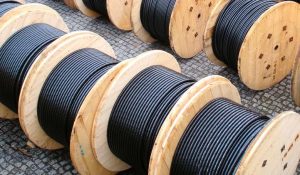
Solid wire is a kind of electrical conductor that consists of a single strand of copper, aluminum, or another type of conductive metal that has been pulled into a string-like structure that is long and thin while remaining rigid. Because it has less resistance than other types of wire, solid wire is often employed in applications that need it to handle higher frequencies.
Stranded wire is made up of many strands of solid wire that have been pulled into ultra-thin and flexible thread-like filaments. These filaments may be twisted or braided together to produce a single conductor that is equivalent in size and weight to the solid wire that they were derived from. Stranded wire is often coated and is an excellent choice for tasks that demand a greater degree of flexibility.
wire vs cable
Cable vs wire is a comparison that can perhaps be answered by regarding wire as a sub-component of cable… Both phrases are among the most common ones used in the fields of telecommunications, electronics, and electrical appliances.
Wires may be thought of as the “inner component” (conductors) that are used in cables. These cables are insulated on both the inner and the outer sides, hence wires are the “inner component.”
Conductors are the materials that are often utilized in the production of cables and wires. Sturdy metals such as copper and aluminum are selected because of their ability to efficiently transmit electrical current.
A contrast between cable and wire
The primary distinction between wire and cable is that wire conductors are bundled together inside of cable, while every strand of wire in a wire only has a single conductor.
Whereas a wire often only has one conductor and is not insulated, cables are made up of numerous conductors, each of which has its own insulation. Cables are also more flexible than wires. When communicating over long distances, cables are often more effective than wires, whereas wires are more suitable for shorter distances.
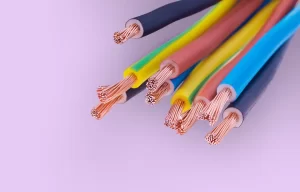
Multiple wires are twisted around each other to create a single layer, which results in the formation of cables. It is for reasons of safety that cables are constructed with a sheath that is both internal and lateral.
There are primarily four different kinds of cables, and they are as follows: twisted pair cable, coaxial cable, multi-conductor cable, and fiber-optic cable. Cables find their most common use in day-to-day life, including in cable television, for telecommunications reasons, in theaters and studios, and so on.
A single conductor is used to make up each wire (copper or aluminum). They have a thin covering of polyvinyl chloride, which is a synthetic plastic polymer that is manufactured via a process called polymerization.
This layer protects them from the elements. There are primarily two different kinds of wires, which are solid and stranded respectively. Solid wires are made up of a single thin conductor that is stranded several times. These wires are rigid yet have the capacity to bend. Stranded wires are made up of many thin conductors that are twisted together to create a single casing. This gives the wires their distinctive appearance.
wire and cable difference
The words “wire” and “cable” are often interchanged in the area of electrical engineering to refer to the same item. Nevertheless, there are significant differences between wire and cable that need to be taken into consideration for the success of an electrical installation.
The term “wire” always refers to a single conductor, while “cable” refers to a number of conductors that are insulated together in a single jacket. This is the primary distinction between the two terms. Conductors are often manufactured out of copper, aluminum, or some other kind of conductive metal in each scenario. One significant exception to this rule is a cable that is constructed of optical fibers and is known as a fiber optic cable.
Therefore, what exactly is a wire?
Even though a wire has more than one strand, it still only functions as a single conductor regardless of the number of strands it has. Solid wire and stranded wire are two main varieties of wire that are used. When compared to stranded wires, solid wires only have a single strand, while stranded wires have numerous strands.
Wires that are stranded are more flexible than wires that are solid, which are often harder. It may be uninsulated or covered with a sheath for further protection. In both business and residential structures, electrical current and communications signals are often transported via the use of wires. They provide outstanding performance at higher frequency ranges.
Wires have the advantage of being less expensive than cables, which means that one may use them to save money on their energy bills. In industrial applications that need the heavy-duty strength that cables provide, wires are not employed instead cables.
The number of the wire’s gauge, as well as its capacity to conduct electricity, are both factors that are considered while classifying wires. They may be used on their own or as a component of a cable at the same time.

And, can you explain what a cable is?
Cables, just like wires, are used to transport electrical impulses from one location to another. On the other hand, they have a wider range of flavors. There are many different kinds of cables, but some of the more frequent ones include twisted pair cables, coaxial cables, multi-conductor AC power cables, and fiber optic cables.
Each of these cables use a unique mechanism that is tailored specifically to its intended function. Different signals are carried by each of the two conductors in coaxial cables. Conductors in thunderbolt cables are responsible for transporting electricity as well as a variety of communications. The signal is carried across the majority of cables by the conductors cooperating with one another.
There is a dizzying array of cables suitable for every conceivable application available on the market today. Cables are used in a variety of contexts, including but not limited to power and signal circuits in electronic equipment, power transmission and illumination in buildings, long-distance communication beneath the sea, and other similar contexts.
The gauge number, the number of wires, and the color of the jacket make up three of the most important categories of a cable. On the other hand, depending on any other characteristics, there could be some further classes.
what is the difference between wire and cable?
In order to understand what the difference between wire and cable is, we should know that, a wire is a single conductor while cable is a group of two or more conductors.
The terms “wires” and “cables” are often used interchangeably, despite the fact that there is a significant conceptual gap between the two. Keeping in mind that wires are only one component of cables is one way to tell them apart from one another.
In addition, the applications for wires are significantly more varied. A single strand or group of strands made of an electrically conductive material, typically aluminum or copper, is what we mean when we talk about a wire. On the other hand, a cable is made up of two or more insulated conductors and may either be exposed or protected by an outer covering.
The fact that a wire is often open to observation while a cable is typically covered in insulation is the most straightforward method for telling the two apart. There are primarily two categories of wires, which are solid and stranded. Generally speaking, a solid wire is a very long stretch of a single conductor. Multiple elongated strands of wire are twisted together to create a stranded wire.
Solid wires have a low resistance and are ideal for use in higher frequencies, while stranded wires have a longer life owing to their flexibility and may be used for a longer amount of time than a single conductor. Solid wires are ideal for use in lower frequencies.

Wires are most often employed to transport electrical and telecommunications information; but, they have a wide variety of other applications as well, including supporting mechanical loads, providing heat, and even being used in jewelry and clothing.
In most cases, a cable is composed of two or more wires that are twisted, braided, or connected together in some manner. They often have insulation rather than none at all, which affords them more protection in comparison to simple wires. The transmission of electrical and telecommunications signals is the primary function of cables.
There are many different kinds of cables, such as twisted pair cable, multi-conductor cable, coaxial cable, and fiber optic cable. The primary purpose of a twisted pair cable is to carry signals and consists of two cables that are twisted around one another.
Control applications are ideal for the utilization of multi-conductor cables, which consist of many individual conductors that are individually insulated from one another. The signal that is transmitted along the two conductors of a coaxial cable is not the same.
This type of line is known as an unbalanced line, and the performance on an unbalanced line is more consistent than the performance on a twisted pair cable. There are three varieties of fiber optic cables, which are as follows: plastic fiber – used for sending audio, multi-mode fiber – used for sending data, and single mode fiber – seen only under a microscope and has the best performance
wire or cable difference
When electricians do electrical work using wire or cable the underlying reasons based on which they choose between the two is in fact the differences that make them appropriate for particular purposes.. they term it “electrical wiring,” which suggests that wire
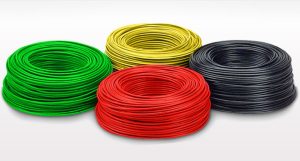
s are involved.
However, what they really fish through the walls from device to device are wires. So, what exactly occurred with the wires?
They must still be there or we wouldn’t be able to make any links to them. When it comes down to it, distinguishing between wire and cable is not too difficult.
Electrical cables are nothing more than bundles of wires that have been encased in insulation that is resistant to heat and moisture. The actual conducting wires, with the exception of the ground wires, are each separately covered with insulation, therefore this configuration offers an additional layer of protection for those wires.
It also makes it simpler to monitor their whereabouts and progress. When you go to buy an electrical cable, it will be identified not only by the size of the wire but also by the number of wires that are contained within the cable sheathing.
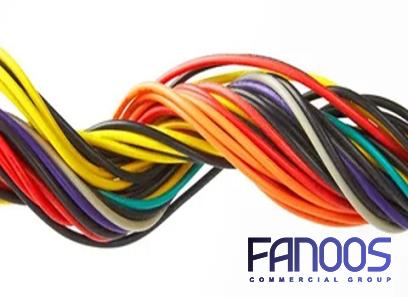
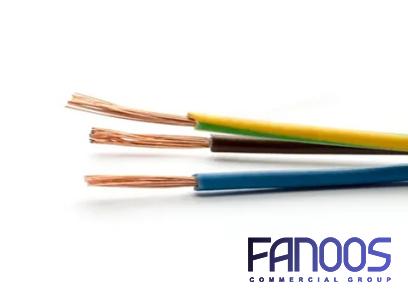
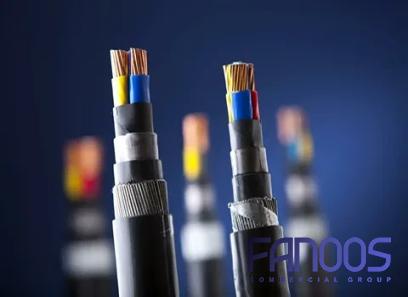
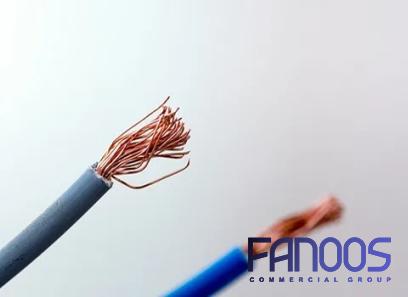
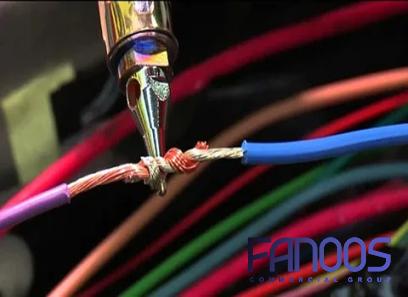



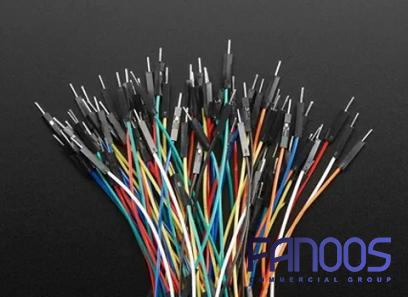
Your comment submitted.